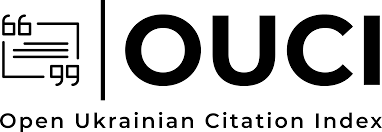The Antimicrobial Effect of Some Metal Concentrations on the Growth of Staphylococcus and Klebsiella Bacteria Species
DOI:
https://doi.org/10.54361/ajmas.258358Keywords:
Bacterial Isolation, Staphylococcus, Klebsiella; Antimicrobial, Hospital.Abstract
This study aimed to isolate and identify 110 samples from some rooms of different departments in Derna and Al-Bayda hospitals in order to determine the bacterial species that are likely to be present inside the hospitals. Some known microbiological methods were used to identify the isolated bacterial species, such as the spectrophotometer, the minimum inhibitory concentration (MIC), and the agar diffusion method. Concentrations of some elements (nickel, iron, copper) were used as inhibitors for the isolated bacterial species. Statistical analysis was performed using Tukey analysis, MLNLTAB program, version 2021. The results showed that the most isolated bacterial species were Staphylococcus at a rate of 20% and Klebsiella at a rate of 8.9%. The effectiveness of the concentrations of some of the elements under study on the growth of the isolated bacterial species was studied. The results showed that the nickel element was the most effective inhibitor at a concentration of 100% among the elements, followed by copper at a concentration of 100%, and the least effective element was iron on Staphylococcus bacteria, while on Gram-negative bacteria Klebsiella Copper was the most effective element at 100% concentration, followed by nickel, and iron had no effective effect on Klebsiella.
Downloads
Published
How to Cite
Issue
Section
License
Copyright (c) 2025 Hawaa Abdull-Jalliel, Ashor Sulayman, Muftah Alhoreir, Hamad Hasan

This work is licensed under a Creative Commons Attribution 4.0 International License.














